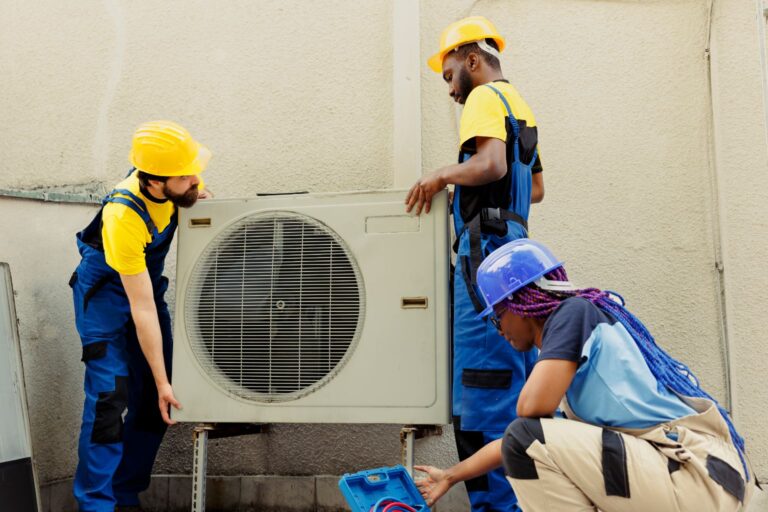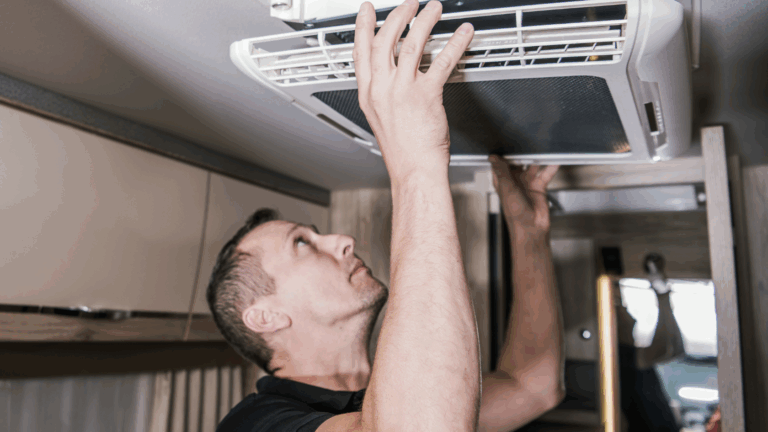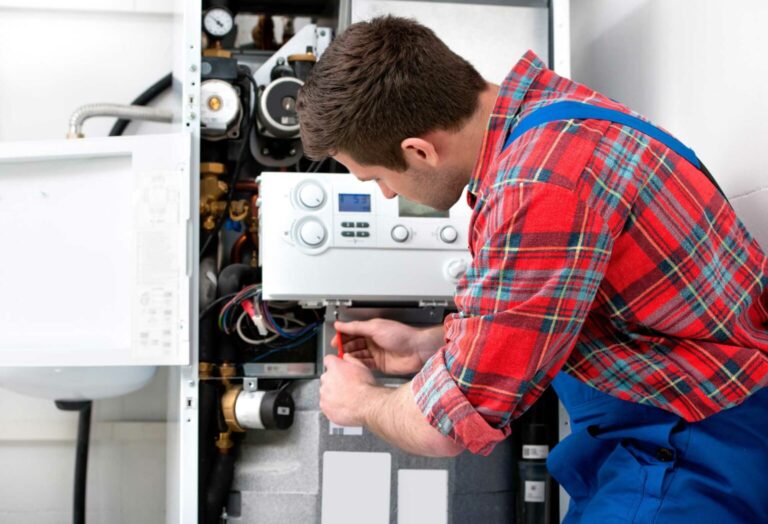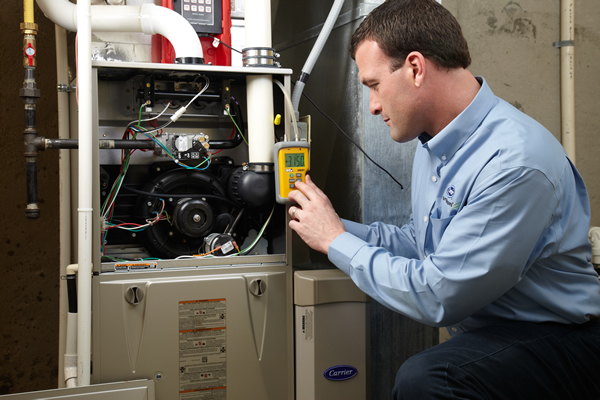If you’re building a new home, remodeling, or replacing an outdated HVAC system, one question is likely at the top of your list: Should I go with central air or a ductless mini-split system?
In 2025, with energy prices rising and homeowners prioritizing comfort, efficiency, and smart technology, this decision has never been more important. The right cooling system can lower your utility bills, improve indoor air quality, and increase home value.
In this comprehensive guide, we’ll walk you through every major consideration, from how these systems work to installation needs, costs, energy efficiency, aesthetics, and long-term maintenance. Whether you want to cool your entire home or just one room, you’ll find everything you need to make an informed decision right here.
Understanding How Each System Works
Central Air Conditioning: The Traditional Whole-Home Approach
Central air conditioning works by pulling warm air from your home, cooling it at an indoor evaporator coil, and then sending that cooled air back into your rooms through a network of ducts. It uses:
- An outdoor condenser unit: Contains the compressor and fan, which release heat from your home.
- An indoor evaporator coil: Absorbs heat from the air using refrigerant.
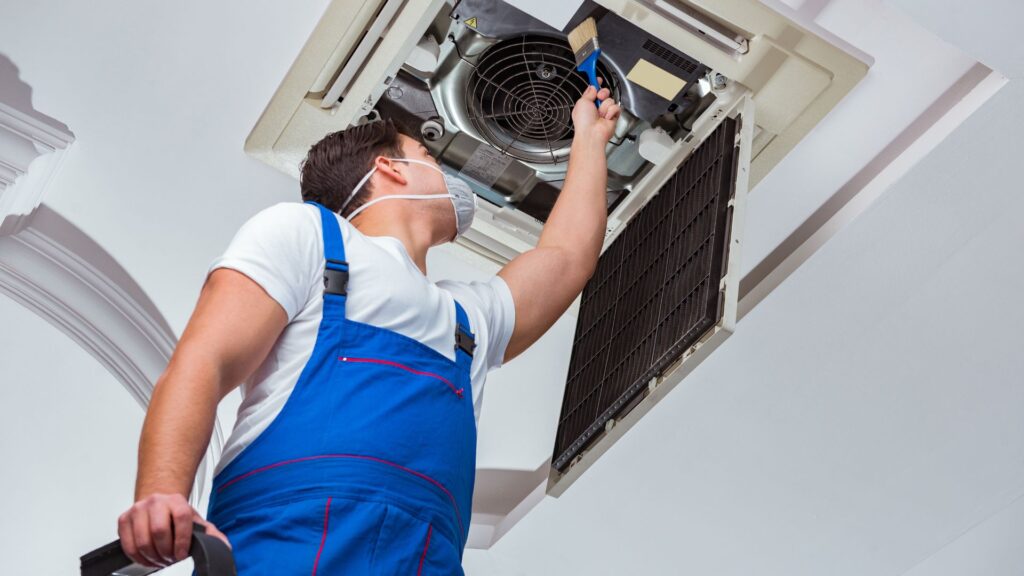
- A blower or air handler: Pushes the cooled air through your duct system.
- Ductwork and vents: Distribute conditioned air evenly across rooms.
It’s controlled by a single thermostat, usually located in a central part of the home.
This setup is great for homes that already have ducts (for heating or old AC), and for households that want a consistent temperature throughout the house.
Ductless Mini-Split Systems: Zoned and Flexible
Ductless mini-splits have no ducts at all. They consist of:
- One outdoor condenser unit (like central air)
- One or more indoor air handler units that are mounted on walls, ceilings, or floors.
- Refrigerant lines that connect the two, installed through a 3-inch hole in the wall.
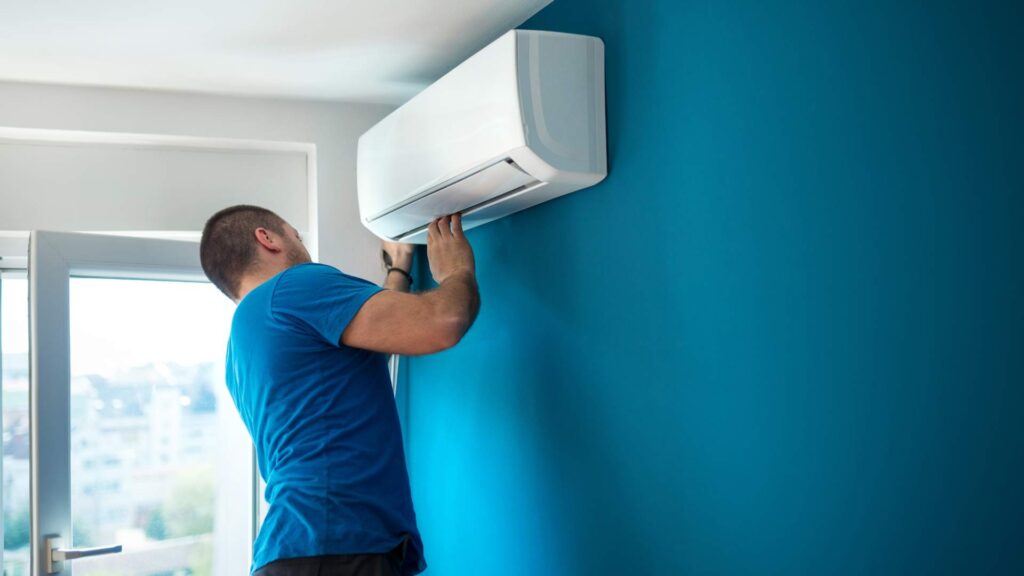
Each indoor unit has its own thermostat, which means you can control the temperature in each room independently. This zoning feature gives you more flexibility and energy savings, especially in homes where some rooms are used more often than others.
According to the U.S. Department of Energy, mini-splits are particularly effective in homes without existing ducts, older homes, or spaces like finished basements and home offices.
Installation Requirements and Home Compatibility
What Central Air Needs to Work Properly
To install a central air conditioning system, your home must have a functioning duct network, or the space to add one. Ducts are typically installed in attics, basements, crawl spaces, or inside walls.
If ductwork already exists, installation is relatively simple. If not, installing ducts can take several days and involve tearing into walls, ceilings, or floors. Costs range from:
- $10–$25 per linear foot for duct installation
- $3.00–$6.25 per square foot total installed cost (including equipment)
Central air is often best for homes that:
- Already have a forced-air furnace system
- Are over 1,500–2,000 square feet
- Have open layouts where uniform cooling is preferred
- Are being newly constructed or fully renovated
Where Mini-Splits Shine
Mini-split systems can be installed without any ductwork, making them perfect for:
- Older homes or historic properties
- Additions like sunrooms, garages, or workshops
- Apartments or smaller homes
- Rooms with specific cooling needs (like a nursery or home office)
Installation is also quicker, typically 1–2 days, with far less disruption. You only need to run refrigerant lines between the outdoor unit and each indoor unit, so there’s no cutting into walls or floors.
Upfront Cost Comparison: What You’ll Pay in 2025
Equipment and Installation Costs in 2025
Here’s a side-by-side comparison of central air and mini-split costs based on average 2025 pricing:
| System Type | Equipment Cost | Installation Cost | Total Cost (Est.) | Cost per Sq. Ft. (2,000 sq. ft.) |
| Central Air | $3,500–$7,500 | $2,500–$5,000 | $6,000–$12,500 | $3.00–$6.25 |
| Mini-Split (1–2 zones) | $2,500–$6,000 | $1,500–$4,000 | $4,000–$10,000 | $2.00–$5.00 |
| Extra Zones (3+ rooms) | +$1,000–$2,500/unit | +$750–$1,500 | Variable | Increases cost per sq. ft. |
Central air becomes more cost-effective per square foot in larger homes (especially if ducts already exist).
Mini-splits are more affordable for targeted cooling or homes without ducts.
Operating Costs: Which Is Cheaper to Run?
Central Air:
- Cools entire home, even empty rooms
- Higher energy use, especially if ducts leak or aren’t insulated
Average running cost:
- $0.75–$1.25 per hour
- $0.03–$0.06 per square foot per hour
Mini-Split:
- Cools only where needed (zoning = savings)
- No duct losses, and inverter compressors adjust output to match demand
Average running cost
- $0.25–$0.70 per hour per zone
- $0.015–$0.04 per square foot per hour
Over time, mini-splits tend to save more money in smaller homes or homes with unused spaces.
Energy Efficiency: How Much Can You Save?
Seasonal Energy Efficiency Ratio (SEER2) is the metric used to measure system efficiency in 2025. The higher the SEER2 rating, the better.
- Central air systems: now must meet a minimum SEER2 of 14.3. High-end systems may reach up to SEER2 20 or higher. However, ductwork can reduce performance by up to 30% due to leaks, poor insulation, or improper sizing.
- Mini-split systems: often have SEER2 ratings between 20 and 30+, making them 20–40% more efficient on average. Since they don’t use ducts, there’s no energy loss through airflow resistance or leaks. Inverter technology also makes mini-splits better at maintaining temperature without constantly turning on and off.
If energy efficiency is a top priority, mini-splits generally outperform central air systems, especially in moderate climates and well-insulated homes.
Aesthetics and Design Impact
- Central air systems are practically invisible. The only parts you see are small floor, wall, or ceiling vents. All major components, the air handler and ductwork, are hidden in attics, basements, or closets.
- Mini-splits, by contrast, have visible indoor units mounted on walls, ceilings, or floors. While modern units are sleek and available in multiple finishes, some homeowners may find them visually disruptive in traditional living spaces.
Some high-end mini-splits come in recessed or concealed models, but those add cost and complexity.
If keeping your interior design clean and unobstructed is a high priority, central air wins on aesthetics.
Maintenance and System Lifespan
Central air conditioning systems have a lifespan of 12–15 years with proper maintenance. That includes:
- Replacing air filters every 1–3 months
- Professional tune-ups every year
- Duct cleaning every 3–5 years (at $300–$800)
- Monitoring for duct leaks and airflow issues
Mini-splits tend to last longer, 15–20 years, and require less maintenance. You’ll need to:
- Clean filters every 2–4 weeks (easy DIY)
- Ensure proper drainage
- Schedule annual servicing for refrigerant checks
- Descale indoor units in hard water areas (if using heat pump function)
Because the lifespan of air conditioners can vary widely, it’s helpful to be aware of common signs of aging and when maintenance might no longer be enough. For more details, you can refer to this comprehensive resource on how long air conditioners typically last.
Which System Works Best in Your Climate?
Mini-split systems are ideal for:
- Homes in moderate to hot climates
- Areas where ducts are difficult or costly to install
- Locations with variable room usage
Many mini-splits are also heat pumps, capable of providing both heating and cooling. Some models work effectively even at temperatures as low as -5°F, making them suitable for cooler climates, too.
Central air systems work best in:
- Large homes in consistently hot or humid climates
- Areas with existing ducts and insulation
- Families who want whole-home comfort controlled by a single thermostat
Control Options and User Experience
Central air systems usually rely on one thermostat for the entire home. Zoning is possible with dampers, but it adds complexity and cost.
Mini-splits offer much more control:
- Each indoor unit has its own remote or smart controller
- Most models include Wi-Fi and smartphone app support
- Easily integrate with smart home ecosystems like Google Home or Amazon Alexa
You can set different temperatures for each room, turn off units in empty spaces, or control everything from your phone, ideal for multi-person households or hybrid work-from-home setups.
Financial Incentives and Rebates in 2025
Thanks to the Inflation Reduction Act and evolving energy standards, homeowners in 2025 can take advantage of generous financial incentives:
- Federal tax credit of up to $2,000 for ENERGY STAR certified heat pump mini-splits
- Local utility company rebates for high-efficiency systems
- State-level programs available for both central and mini-split installations
To see what you qualify for, visit the Database of State Incentives for Renewables & Efficiency (DSIRE).
When to Choose Central Air vs Mini-Split
Choose central air if:
- Your home already has well-maintained ducts
- You want hidden cooling components
- You’re cooling a large, open-plan home
- You want single-point control with a traditional thermostat
Choose ductless mini-split if:
- You don’t have ductwork and want to avoid invasive construction
- You’re cooling a small home, addition, or specific rooms
- You prefer smart zone control and better efficiency
- You’re looking for quicker, more flexible installation
Need help deciding between central air and a mini-split system?
Choosing the right cooling system for your home isn’t just about comfort, it’s about making a smart, long-term investment. Whether you’re renovating an older home without ductwork, building new construction, or simply upgrading an outdated unit, the decision between central air and a ductless mini-split system can be overwhelming.
That’s where Womack Heating and Cooling comes in. With decades of experience serving homeowners across the region, our licensed HVAC professionals take the guesswork out of the process. We’ll assess your home layout, insulation, square footage, and energy goals to recommend the best solution tailored to your space and budget.

